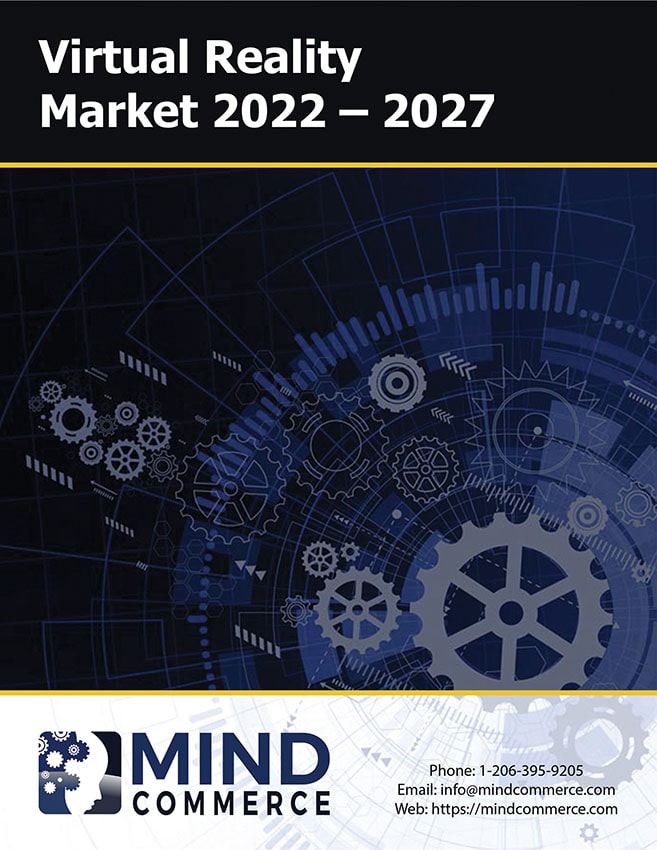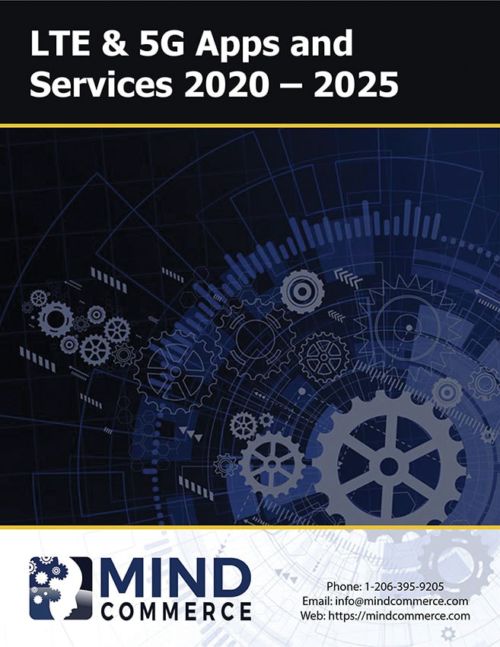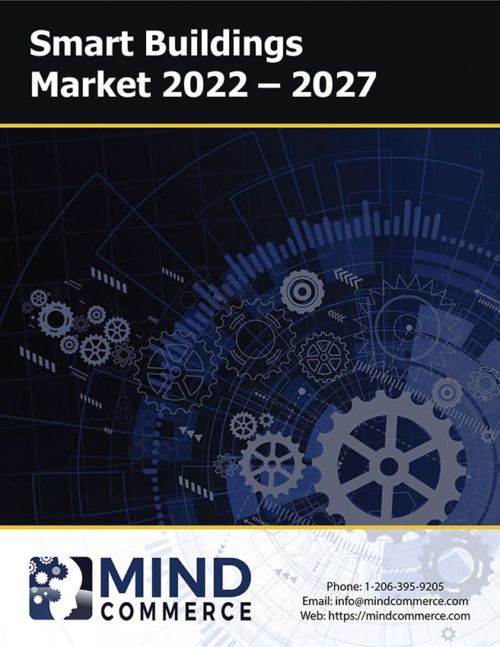Description
The virtual reality market is poised to experience a massive transformation over the next five years driven by advances in devices, apps, components, content, and broadband communication. The anticipated price decline for consumer headsets will also spur VR market growth, causing app and content development to reach an inflection point. Robust growth of VR headsets will be seen in both high-end and mid-tier adoptions. Fully immersive VR systems are anticipated to experience substantial growth.
Virtual Reality Market Dynamics
Previously encumbered by a combination of technology gaps and consumer readiness issues, virtual reality market is poised for substantive global growth, providing abundant opportunities for service providers, content developers, and ecosystem component providers. However, the high-growth phase for VR is anticipated to start within approximately two years, which is coincident with substantially lower broadband costs as a whole (wired and wireless connections) as well as greater user acceptance within both the consumer and business market segments.
It is important to note that the virtual reality market and other immersive technologies (such as the mixed reality market) will also be important to many industries for a variety of enterprise purposes including internal operations, managing supply chains, and supporting customers. Important industry verticals include commercial real estate management, automotive, public safety, education and training. The leading sector is anticipated to be instruction (education, training, and simulations).
For the consumer virtual reality market, we see entertainment and lifestyle enhancements leading the way with the former including VR enhanced gaming and the latter including a plethora of new apps such as virtual location experiences in which groups of people get together virtually in the cyber-world. Examples include everything from virtual alumni events to watching your favorite football team play in a virtual stadium with ultra-real sights, sounds, and even feelings and smells of game day. The advancement of AI embedded within the VR market will add to realism by introducing random events that happen within a given experience.
For enterprise and industrial virtual reality market segments, Mind Commerce sees simulations and training leading the way. We see everything from situational training (such as Verizon using Striver to train its employees how to better deal with robberies) to more traditional expectations such as VR enhanced simulations for flight and vehicle training. Businesses will also seek to use VR as a means to destress employees by offering them a virtual experience of their everyday work with random events thrown into the mix, both to add interest/amusement as well as to test and train them to see how they might react given a real-world experience such as how to best deal with a senile shoplifter.
Virtual Reality Market Report
This research provides an in-depth assessment of the virtual reality market including analysis of VR ecosystem and role of value chain partners, evaluation of recent VR patent filings and intellectual property, and analysis of current price metrics VR devices, apps, and content. The report also provides an assessment of key VR companies and solutions with SWOT analysis, analysis of emerging business models and evolution of VR monetization, analysis of VR component market: devices, software, hardware, platforms. The report also presents key VR growth drivers, market challenges, and emerging opportunities.
This research provides an in-depth assessment of the VR market including the following:
- Analysis of VR ecosystem and role of value chain partners
- Evaluation of recent VR patent filings and intellectual property
- Analysis of current price metrics VR devices, apps, and content
- Assessment of key VR companies and solutions with SWOT analysis
- Analysis of emerging business models and evolution of VR monetization
- Analysis of VR component market: devices, software, hardware, platforms
- Analysis of key VR growth drivers, market challenges, and emerging opportunities
Virtual Reality Forecasts in Report:
- Virtual Reality Market Globally, Regionally, and by Major Countries
- Virtual Reality Consumer, Enterprise, Industrial, and Government Applications
- Virtual Reality Hardware, Software, and Services
- Virtual Reality Content and Commerce
The report also covers network infrastructure supporting the virtual reality market including mobile edge computing.
Click Here to see other Mind Commerce Device and User Interface Reports






